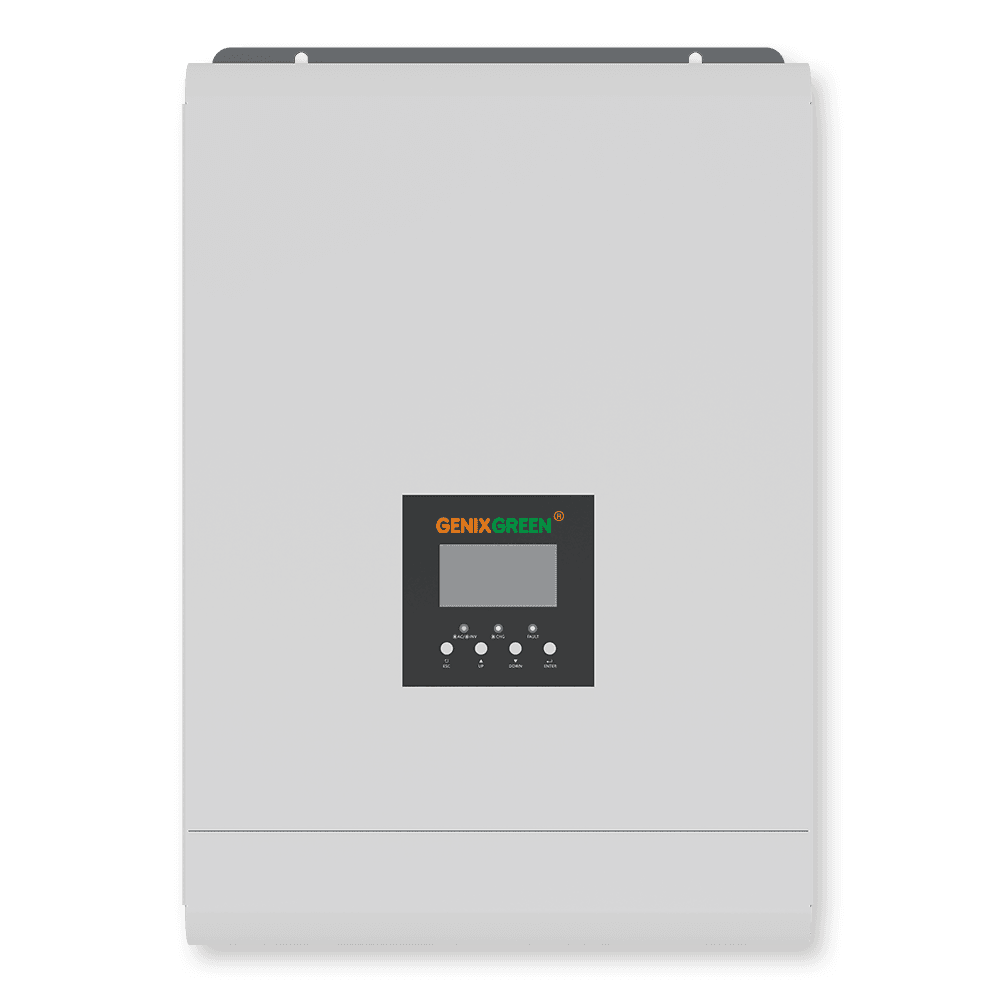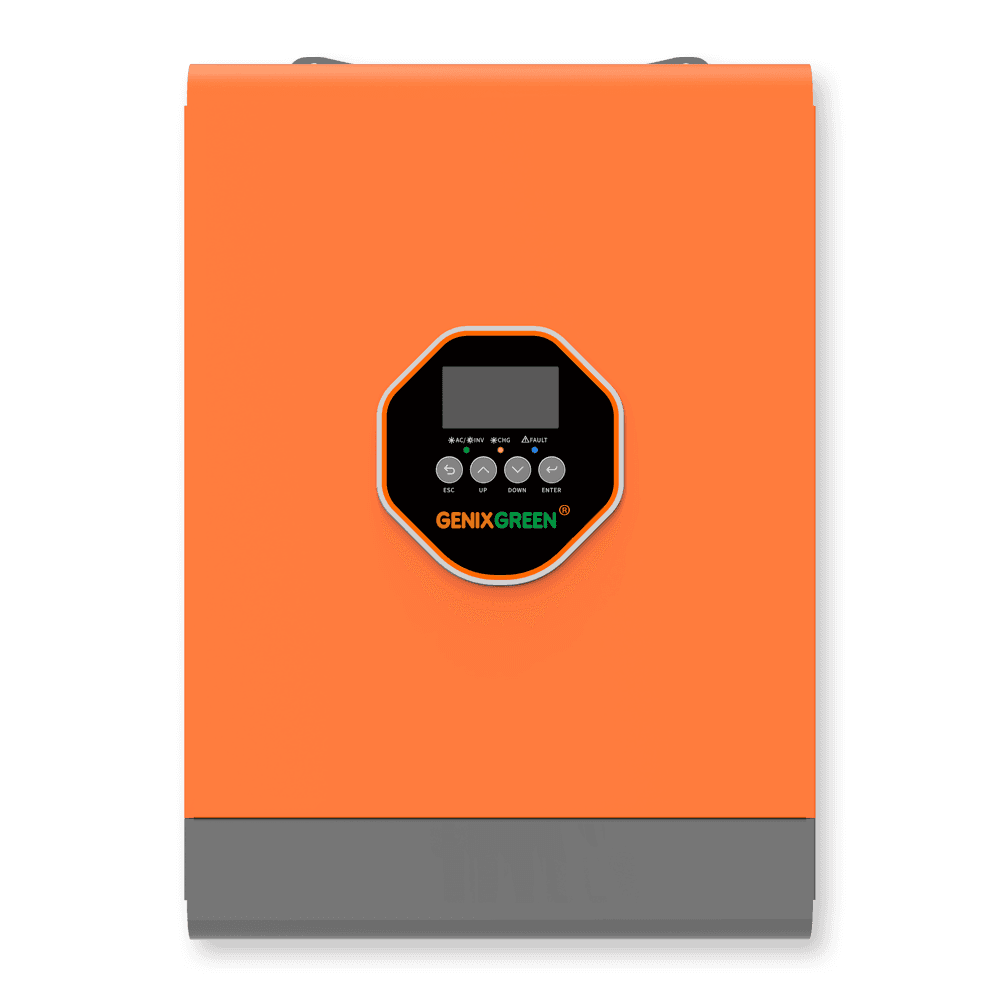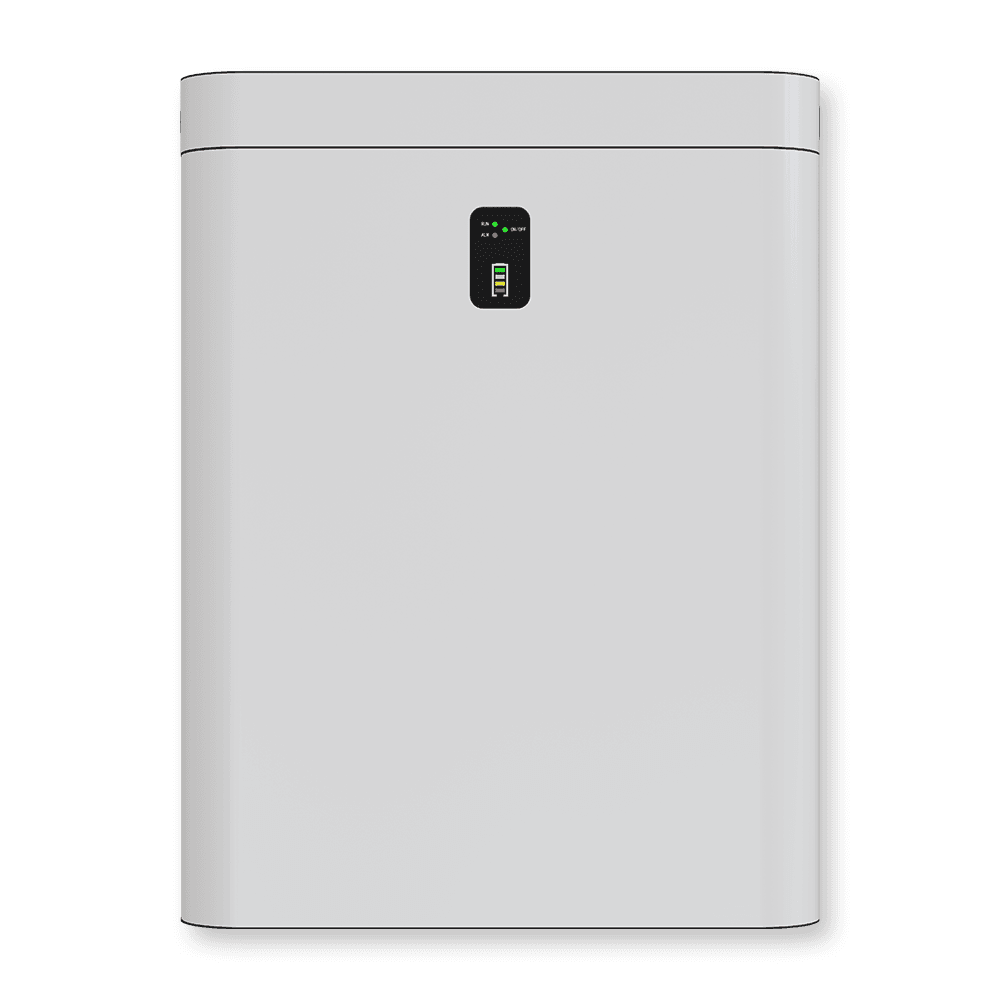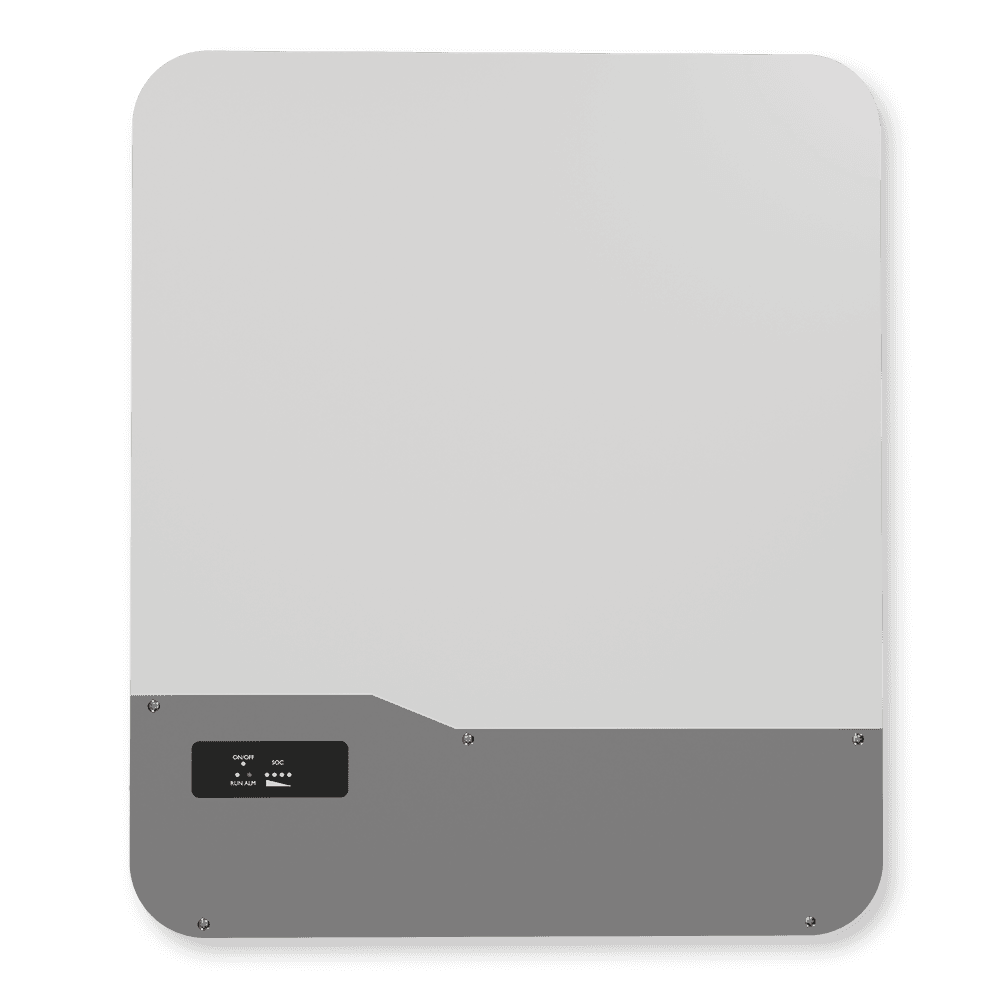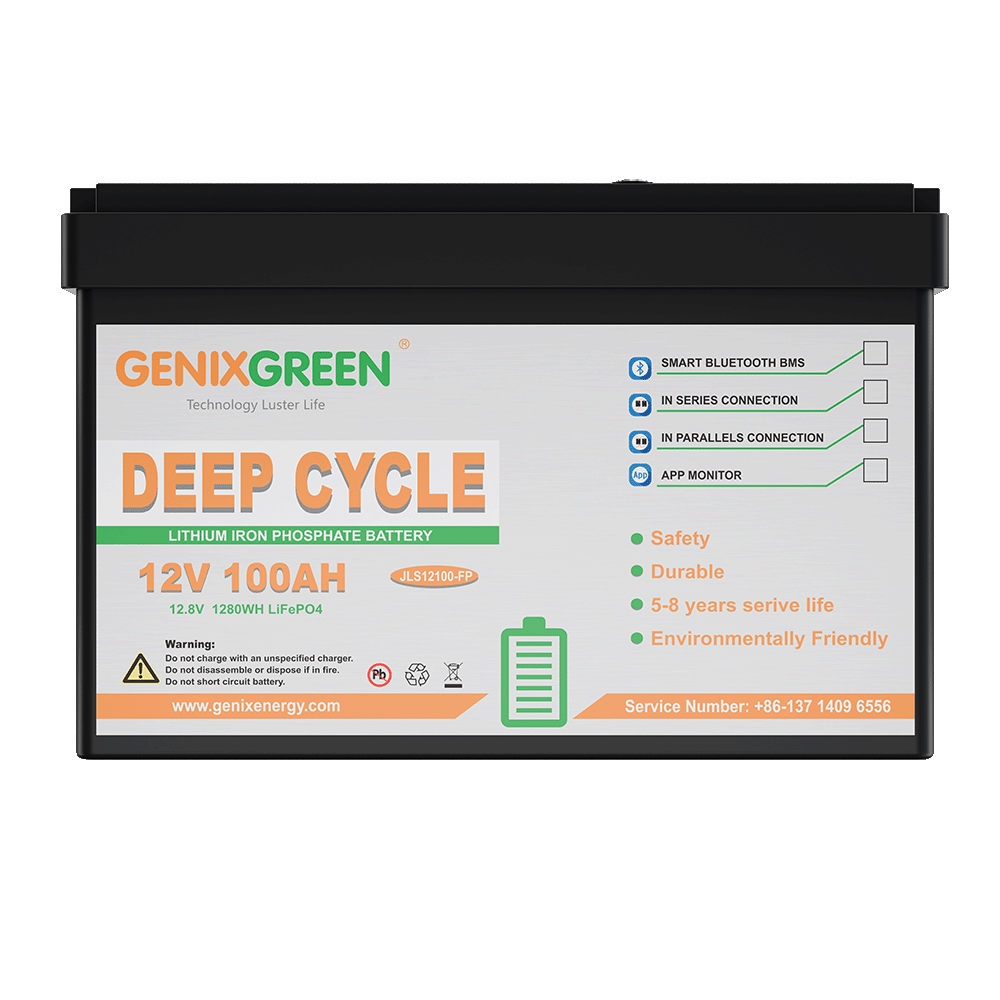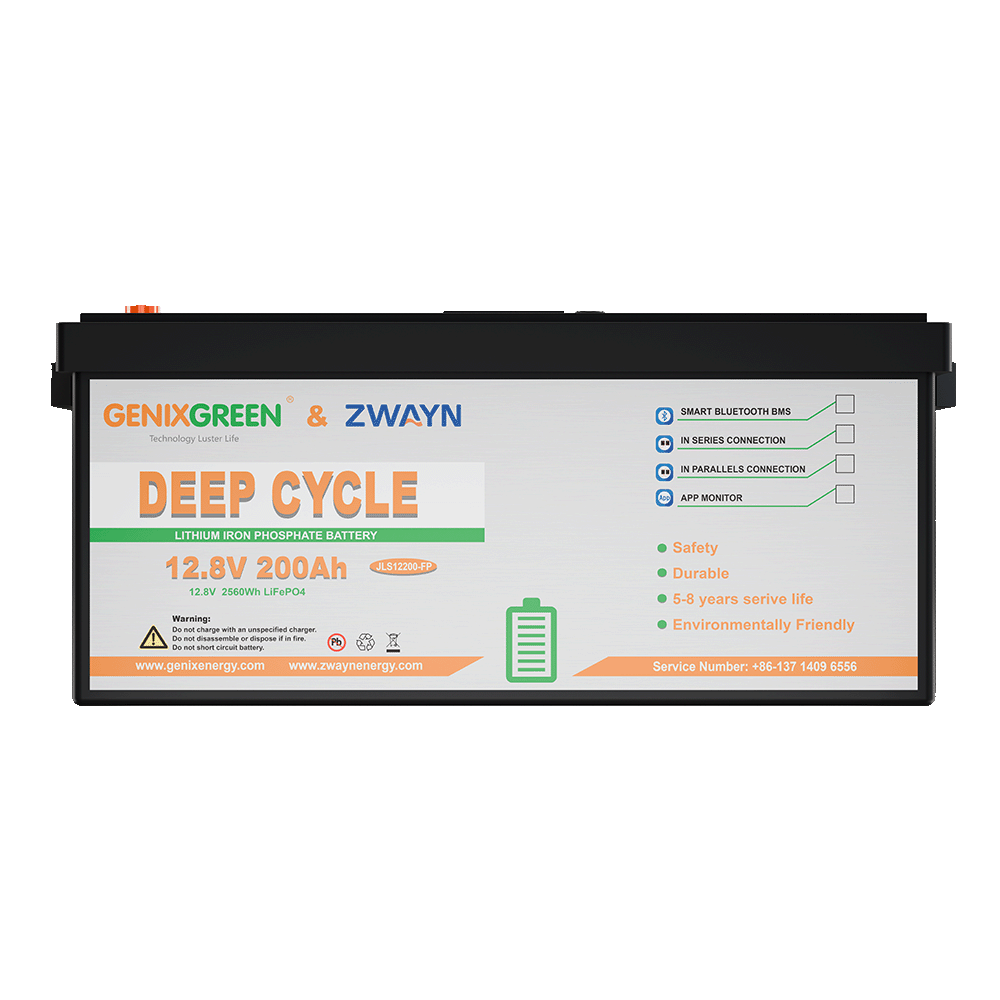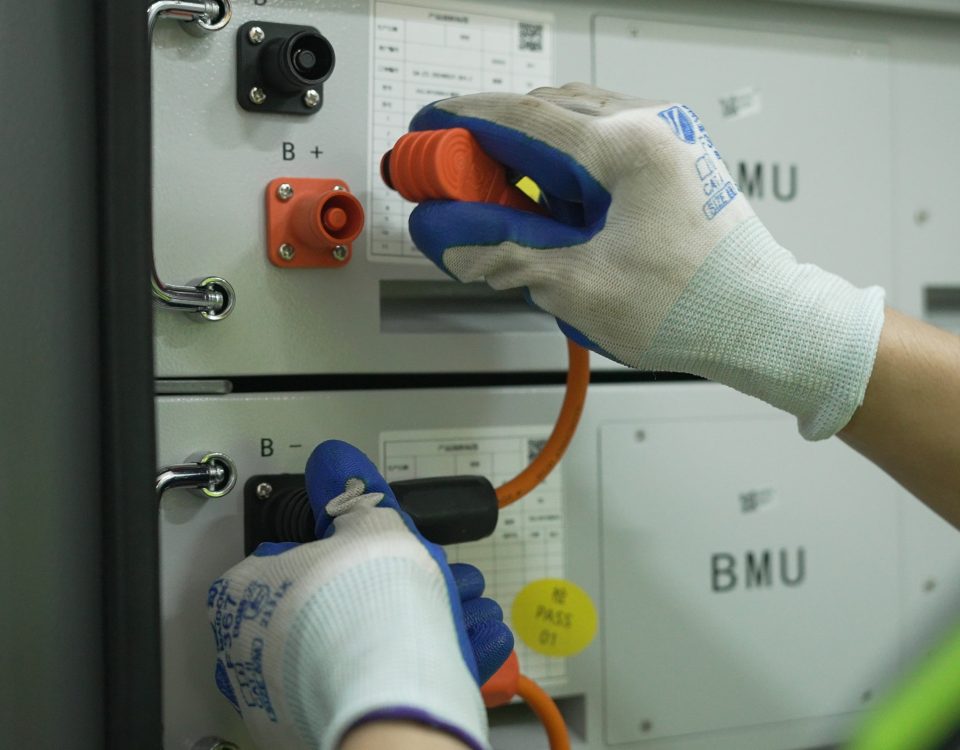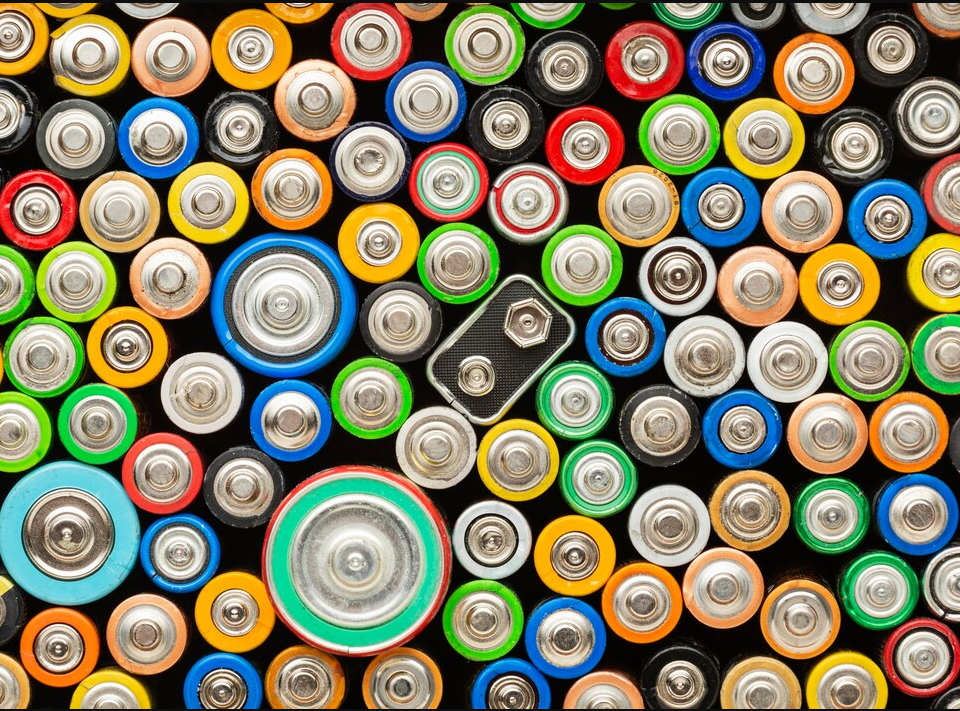
Can I replace lead-acid batteries with lithium-ion?

Why Anti-Aging Solar Cells Are the Linchpin of the Energy Transition—And Why Silicon Is Winning the Battle
Defying the Cold: A Provocative Blueprint for Lithium Battery Survival in Sub-Zero Climates
The lithium-ion battery’s Achilles’ heel in cold weather isn’t merely an engineering challenge—it’s a thermodynamic betrayal. As temperatures plunge below 0°C (32°F), these marvels of modern electrochemistry transform from energy powerhouses into sluggish ice sculptures, their ionic pathways freezing into molecular gridlock. This isn’t just about inconvenience; it’s a fundamental threat to the viability of renewable energy systems and electric mobility in polar regions. Let’s abandon polite academic discourse and confront the cold truth: conventional thermal management is dead. What follows is a manifesto for radical battery preservation.
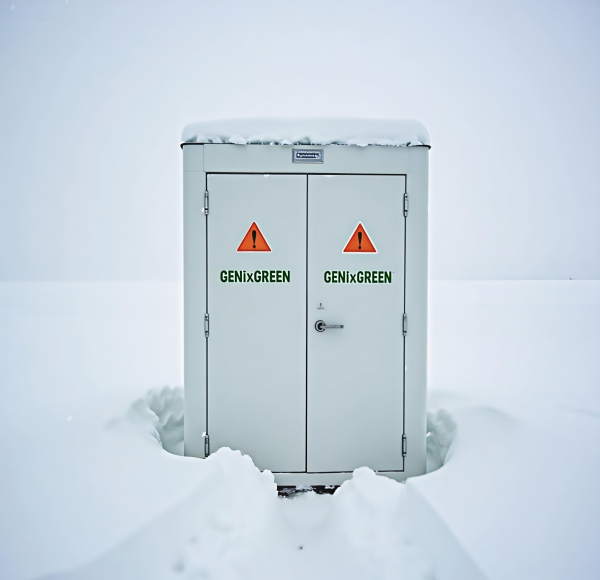
The Frigid Betrayal: Why Lithium Dies Young in Winter
At -20°C, a standard NMC battery loses 70% of its discharge capacity (Nature Energy, 2022). The villain? Electrolyte viscosity spikes 300-fold, while lithium ions move like marathon runners in molasses. Worse still, sub-zero charging induces lithium plating—metallic daggers that pierce the SEI layer, creating microscopic short circuits. The industry’s timid solutions? Insulation blankets and reduced charging rates. Pathetic. This is the equivalent of fighting a blizzard with a paper fan.
Five Heretical Strategies That Actually Work
Pulse-Heating Rebellion
Forget gradual warming. Apply asymmetric AC pulses (20C rate, 30s bursts) to trigger controlled internal resistance heating. Tsinghua University’s self-heating cells reach 0°C→20°C in 30 seconds—a 500% faster temperature rise than external heaters. Let the battery fight cold with self-generated fire.
Phase-Change Material (PCM) Espionage
Infiltrate the battery pack with microencapsulated octadecane. These 5μm wax spheres (melting point 28°C) act as thermal sleeper agents, absorbing 200J/g of latent heat during discharge cycles. When temperatures drop, they release stored warmth like electrochemical hand warmers. Bonus: They buffer against thermal runaway.
Dielectric Oil Baptism
Submerge cells in 3M Fluorinert FC-72. This convective liquid steals heat during operation and returns it during cooldown, maintaining cells at 15°C±2°C even at -40°C ambient. Yes, it adds weight. No, I don’t care—your drone’s 30% range loss in winter is worse.
Quantum Tunneling Electrodes
MIT’s graphene-hybrid anodes exhibit 92% capacity retention at -30°C by enabling electron hopping across crystalline defects. This isn’t incremental improvement—it’s cheating physics through atomic-scale loopholes.
AI-Driven Thermal Insurgency
Deploy neuromorphic chips that predict thermal loads 50ms faster than traditional BMS. By analyzing usage patterns and satellite weather data, they pre-heat cells before you even unplug your EV. Proactive warfare, not reactive defense.
The Uncomfortable Truth
Passive insulation is for amateurs. The future belongs to aggressive thermal governance that treats cold as an existential enemy. Every joule of wasted heat must be harvested, every discharge cycle weaponized for warmth. Battery engineers: Stop coddling your cells with baby blankets. Arm them with flamethrowers.
To those clinging to “gentle” thermal management: Your batteries are freezing hostages. Liberate them through calculated acts of electrochemical violence. The Arctic Circle awaits conquest.



